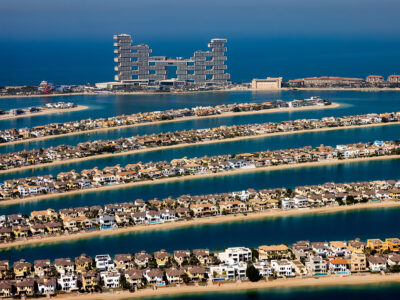The outlook on Sharjah’s long-term ratings have been downgraded to negative by Standard & Poor’s which says the emirate’s fiscal position could weaken beyond its current projections.
Updated population data provided by Sharjah following the 2015 population census has also resulted in a significant downward revision of GDP per capita.
At the same time, S&P said it has revised down our economic and fiscal performance projections for Sharjah for 2016-2019 and has therefore revised its outlook, while affirming ‘A/A-1’ ratings.
“In our opinion, a number of strains are emerging in Sharjah, which could result in our lowering the sovereign credit ratings over the next two years,” said S&P in a statement.
The agency revised down its 2016-2019 real economic growth estimates, based on lower-than-expected 2015 GDP data.
“In our view, Sharjah’s economy and fiscal position are, largely, not exposed to oil price movements. However, data point to major second-round regional demand effects from low oil prices, as its key trading partners have significant exposure,” the statement added.
S&P said the Sharjah government relaxed its fiscal stance over 2015 by postponing various revenue-raising measures and maintaining expenditures to help offset slowing demand, allowing the fiscal deficit to reach 4.2 percent of GDP.
The agency said it estimates that government net debt increased to 10 percent of GDP in 2015, from 5 percent in the previous year, but could increase further.
Sharjah restated its population statistics following a 2015 census, resulting in a 63 percent increase in its official population estimate for that year and GDP per capita has dropped by over $10,000 following the restated population data.
S&P also said new data points to a reduction in the productive capacity of the economy, adding that it now expects real GDP growth to average close to 2 percent over 2016-2019, compared with above 3 percent at its last review.
“Although still low, Sharjah’s debt burden is increasing as a result of wider fiscal deficits, and we expect it to reach 14 percent of GDP at the end of 2016, from 7 percent in 2013,” the agency noted.








